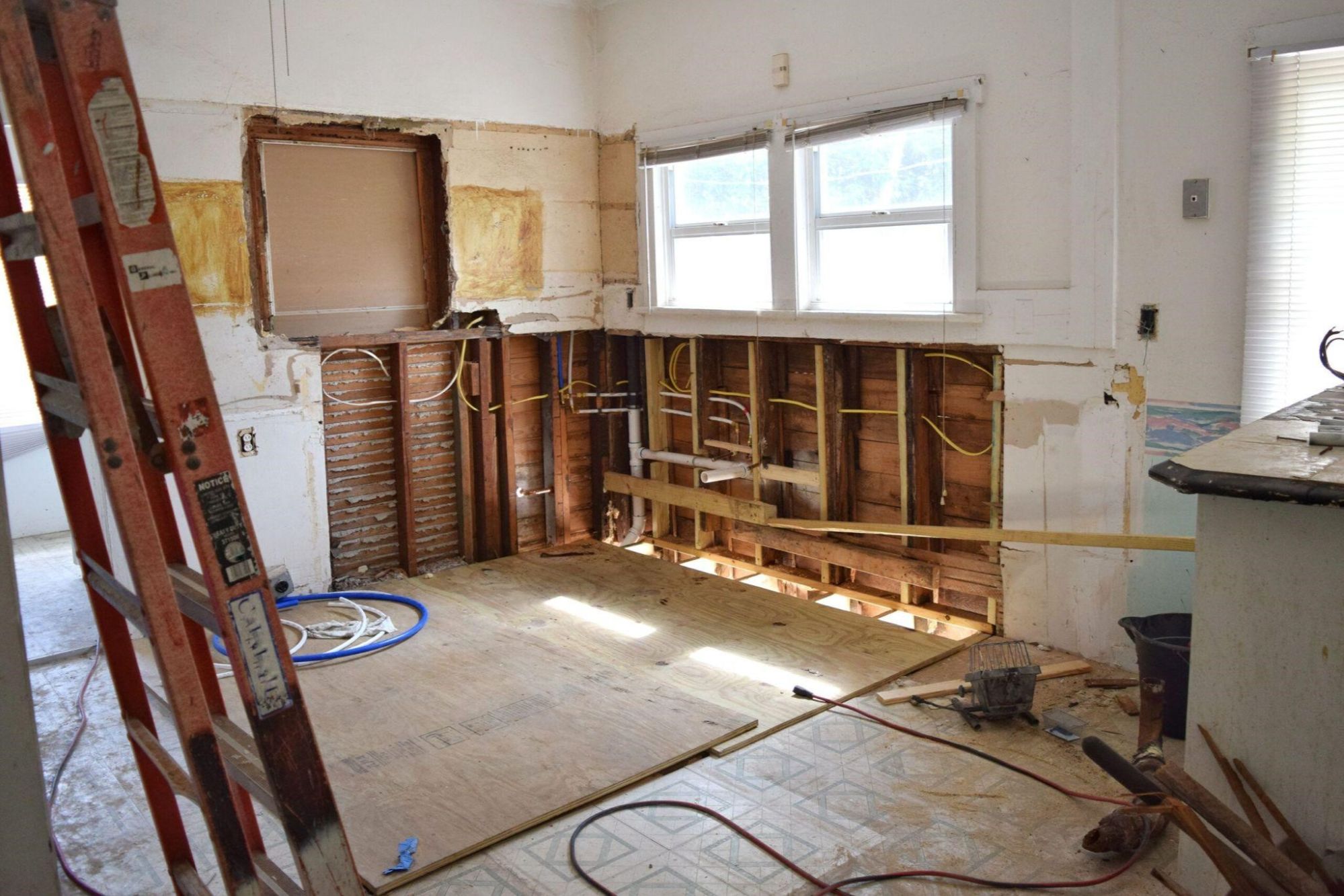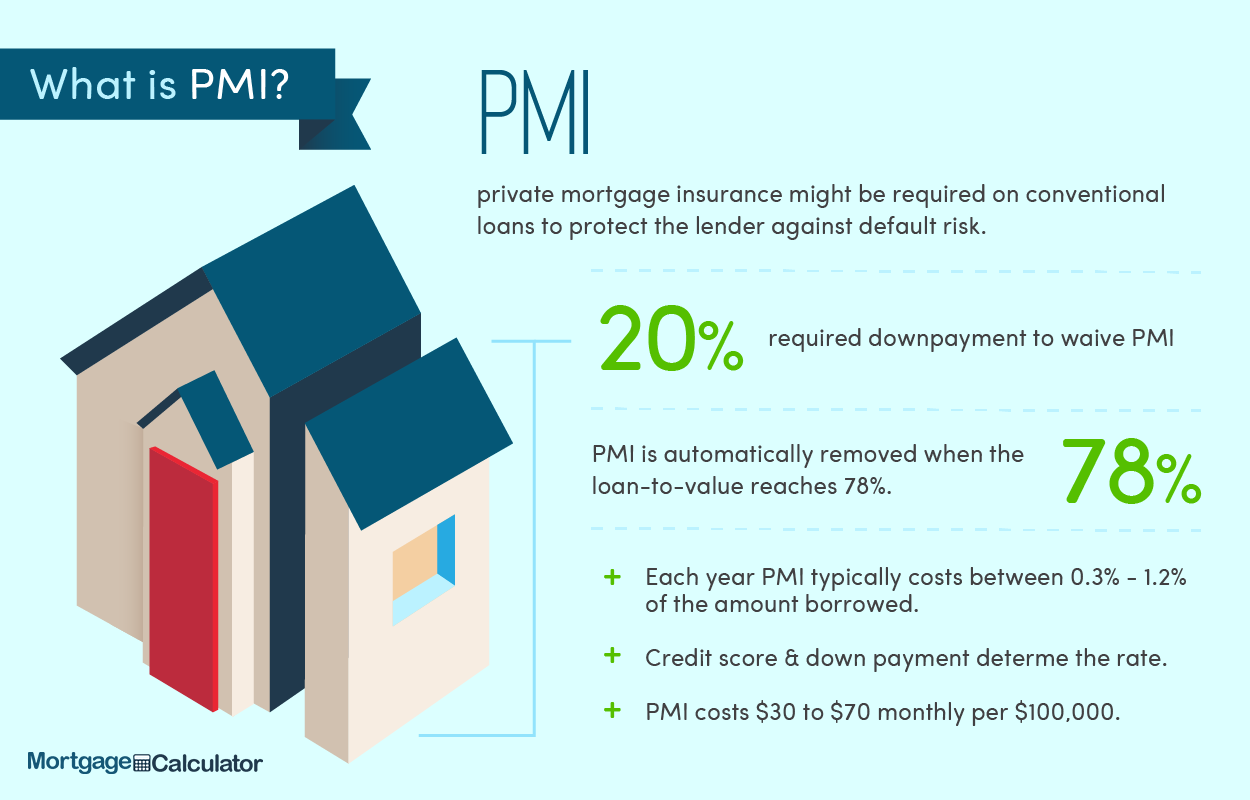Step-by-Step Guide to Moving to Another State Without Stress

Moving to another state is a big decision that requires organization, time, and planning. Many people feel overwhelmed by the number of steps involved, especially when real estate is part of the equation. In this guide, I will break down the process step by step to make your move as smooth as possible.
Moving to a new state is a major life decision—one that requires careful planning and consideration. Whether you're relocating for work, to be closer to family, to find more affordable housing, or simply for a change of scenery, it's essential to evaluate all aspects of the move before packing up and hiring a moving company
Interestingly, between 2021 and 2022, one of the most common reasons for moving was a change in marital status. But no matter your motivation, relocating is a significant transition that can be both exciting and overwhelming. From financial planning to lifestyle adjustments, ensuring your new state aligns with your needs and goals will make all the difference in your experience.
To help you navigate this journey smoothly, here are some essential factors to consider before making the move.

Step 1: Research and Choose Your New Place of Residence
Before taking any action, it’s essential to research the state and city where you plan to move. Some factors to consider include:
- Cost of living
- Job market
- School quality (if you have children)
- Climate
- Safety and quality of life
If possible, visit the city beforehand to explore different neighborhoods and see if they match your lifestyle.
Step 2: Assess Your Financial Situation and Get Pre-Qualified for a Loan
If you plan to buy a home in your new state, I recommend consulting with a lender to get pre-qualified for a mortgage. This will help you:
- Understand how much you can afford to spend on a new home.
- Be in a better position when house hunting.
- Show sellers that you are a serious and financially capable buyer.
If you are selling your current home, it’s important to determine its value and assess whether the proceeds will cover the costs of your new purchase.
Step 3: Decide When and How to Sell Your Current Home
If you already own a home, you must decide whether to sell before buying a new one or buy first and sell later. Some options include:
- Selling first: This allows you to use the proceeds to buy your new home, but you may need temporary housing while you transition.
- Buying first: You can secure your new home before moving, but you’ll need to qualify for two mortgages or have a solid financial plan.
- Making a contingent sale: This means your purchase will depend on the sale of your current home, but it may be harder to find sellers willing to accept this condition.
Step 4: Search for and Purchase a New Home
With a pre-approval in hand, you can begin your home search. Here are some tips:
- Work with a local real estate agent.
- Take virtual or in-person tours.
- Consider the property’s resale value and future potential.
- Don’t rush; make sure you choose the right home.
Step 5: Plan Your Move
Once you’ve secured your new home or are ready to move, coordinate the logistics of the move:
- Hire a moving company experienced in interstate relocations.
- Pack in advance and label boxes by room.
- Consider the cost and travel time.
- Notify utility services and update your address with banks, subscriptions, and official documents.

Step 6: Settle into Your New City
Once you’ve moved in, take time to explore your new surroundings. Register for local services, find supermarkets, medical centers, and start getting to know your new neighbors.
How long does it take to adjust to moving to a new state?
Adjusting to a new state varies for everyone, but generally, it takes about six months to a year to feel fully settled. The timeline depends on factors like your personality, support system, job situation, and how different the new state is from your previous one.
Phases of Adjustment
- First Few Weeks: Excitement and novelty, but also potential stress from unpacking and handling logistics (DMV, utilities, etc.).
- 1-3 Months: You start developing routines, exploring your surroundings, and making initial social connections. This is also when homesickness or frustration with differences may set in.
- 3-6 Months: You feel more comfortable, know your way around, and may have established friendships or community ties.
- 6-12 Months: A true sense of "home" begins, as you've likely found your favorite spots, built a local network, and adjusted to the lifestyle.
If you're moving for work, family, or personal growth, embracing the change and making an effort to integrate into the community (through networking, local events, or hobbies) can speed up the adjustment.
Advice from a Real Estate Agent
As a real estate agent, I always advise my clients to plan ahead and remain flexible. Selling and buying in two different states can be tricky, so having a solid strategy is key. If you’re unsure whether to sell or buy first, consult with a professional who can help you weigh your options. Also, working with an agent in both your current and future locations can make the process much smoother.
Conclusion
Moving to another state can be challenging, but with proper planning, it doesn’t have to be stressful. By following these steps and working with experienced professionals, you can make a seamless transition to your new home. If you’re considering an interstate move, don’t hesitate to reach out—I’d be happy to guide you through the process. Good luck on your new adventure!
Categories
Recent Posts









"My job is to find and attract mastery-based agents to the office, protect the culture, and make sure everyone is happy! "
